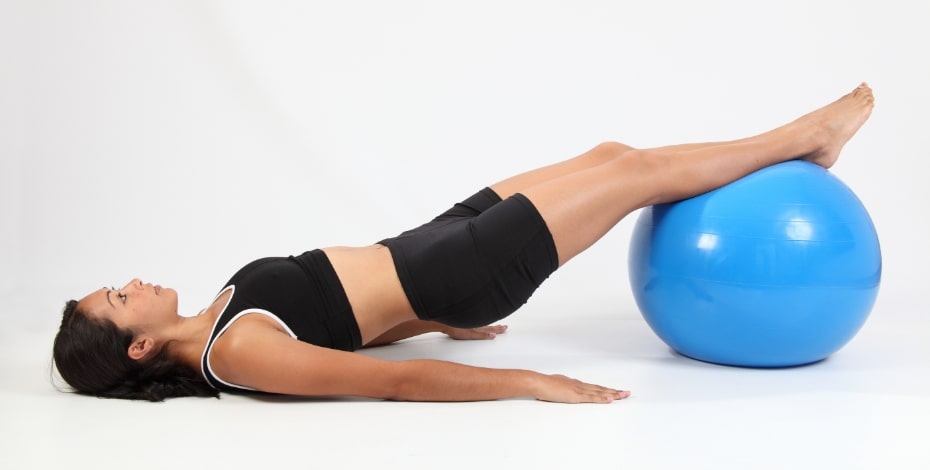
GLA:D Back program launches in Australia

The GLA:D Back program has joined the popular hip and knee GLA:D programs in Australia, providing a treatment option for people with chronic low back pain.
The GLA:D (short for Good Life with osteoArthritis: Denmark) programs for knee and hip osteoarthritis are popular offerings in Australian physiotherapy clinics.
Now a new GLA:D program focused on helping people with persistent and chronic low back pain has been launched in Australia by a research team based at Macquarie University.
GLA:D programs incorporate both education and exercise to help people manage their conditions.
Through strengthening and improving confidence with exercise, participants develop a better capacity to become or stay active, prevent symptom progression and reduce pain.
The GLA:D Back program is the first of the GLA:D programs to move away from a specific osteoarthritis focus.
The new GLA:D Back program is being introduced in Australia by researchers at Macquarie University, led by Professor Mark Hancock APAM from the Department of Health Sciences and Dr Hazel Jenkins and Professor Simon French from the Department of Chiropractic.
Its introduction follows a small feasibility study testing the suitability of implementing the program in Australia.

Mark Hancock.
The Macquarie team is collaborating with Associate Professor Christian Barton APAM from the GLA:D hip/knee program at La Trobe University, chiropractor Matthew Fernandez from Central Queensland University and international researchers in Denmark and Canada to set up the GLA:D Back program.
Like the existing GLA:D programs, the GLA:D Back program contains both education and exercise components, aimed at providing patients with the knowledge and tools to help them to reduce their back pain and to better manage any ongoing pain and future flare ups.
Two education sessions at the start of the program focus on an evidence-based understanding of low back pain, including its causes, symptoms, treatments and self-management.
These sessions are followed by an eight-week exercise program offering two group classes a week, customised to the needs
of each participant.
Ongoing education is delivered alongside the exercise program.
‘The program is trying to empower people to self-manage their condition, so the education is delivered separately but is also embedded into the exercise programs.
'I think that’s important—the exercise is used to reinforce those education messages.
'You can tell people to change their beliefs about pain, but it’s really only as they experience it that they do,’ Mark says.
While the original GLA:D programs lean towards a biomechanical focus on strengthening specific muscles and changing the way that participants move, the GLA:D Back program is more about learning to relax the back and move more naturally.
‘The exercises are done in a slightly different, more individualised way; there’s no right way.
'That’s one of the core principles, not like older approaches where patients were often encouraged to keep the back still while they exercised.
'In fact, we’re trying to break down those messages and give people the confidence to get their back moving,’ Mark says.
He says the program is suited to people who have mild to moderate back pain that affects their daily life.
One of the key features of the GLA:D programs is that participants are encouraged to join a registry that tracks their progress during and after completing the program.
While there have not as yet been any large randomised trials looking at GLA:D Back, the data from the registries in Denmark and other sites where it has been introduced shows that the program works.
‘The data from overseas is quite nice—it shows things like a 30 per cent reduction in pain, an increase in function, a reduction in medicines and reduced time off work,’ Mark says, noting that the program is based on the current best-practice evidence for the treatment of back pain.
Click here for more information about the GLA:D Back program.
© Copyright 2024 by Australian Physiotherapy Association. All rights reserved.





